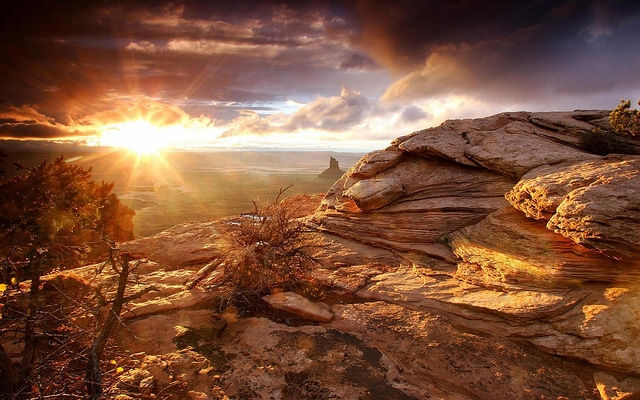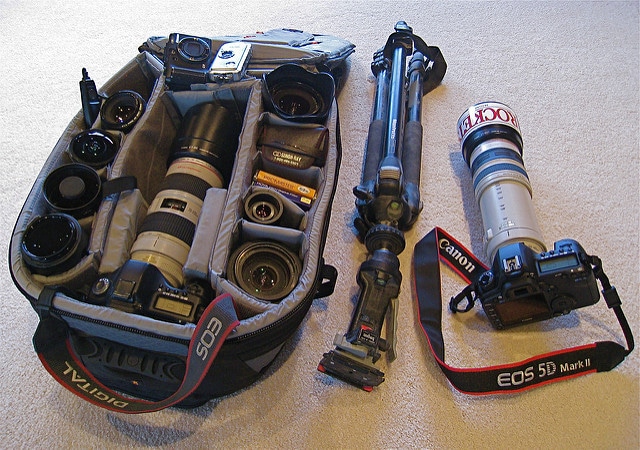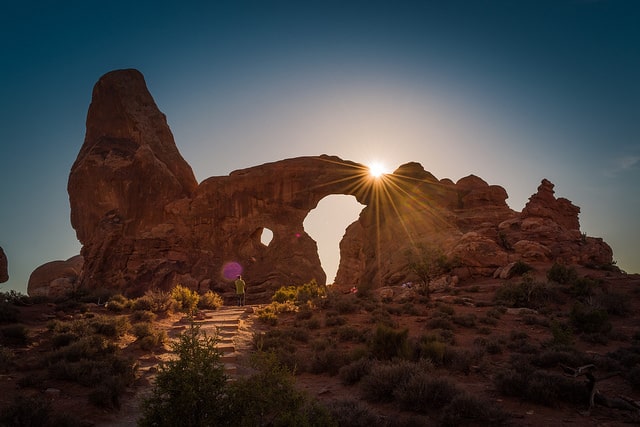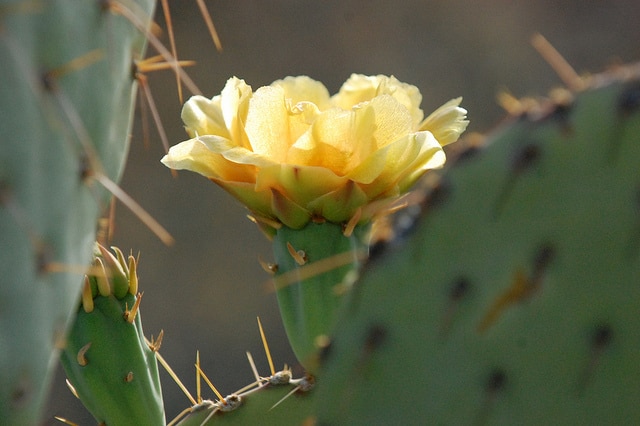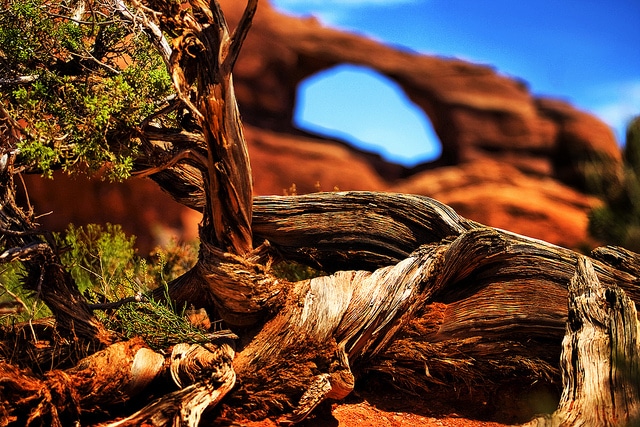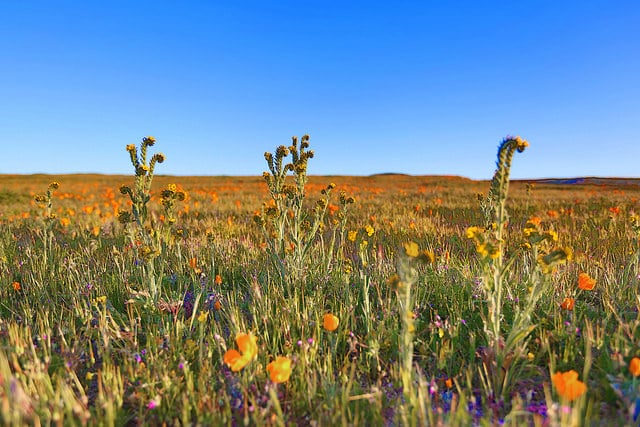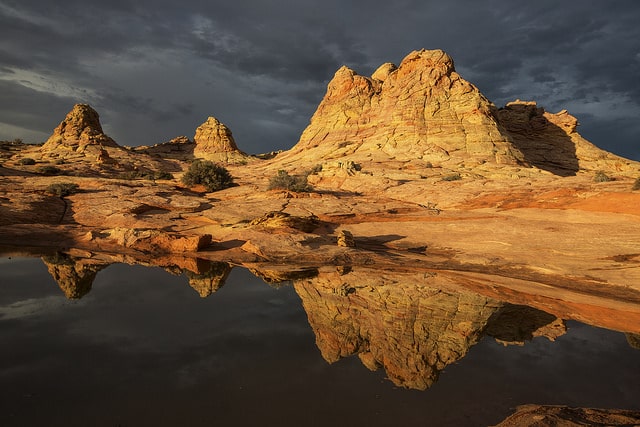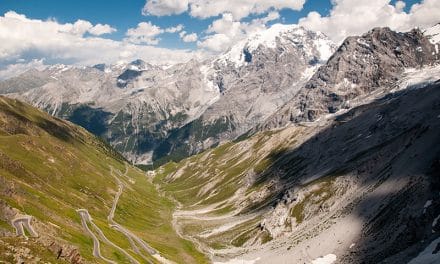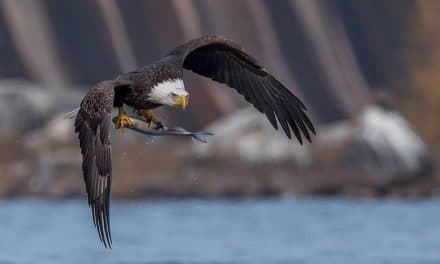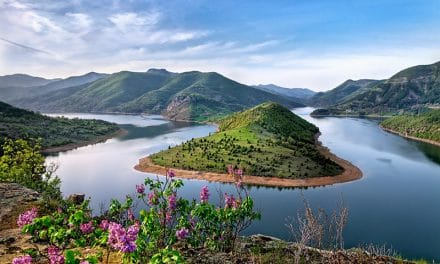While on the surface, the desert may seem like a vast and empty wasteland, look a bit closer and you’ll find that there are plenty of exciting photo opportunities.
Deserts hold tremendous beauty and life –just waiting to be discovered! From the vast, open plains to the amazing rock formations found in gullies and canyons, to the beautiful and exotic cacti, desert creatures, and wild flowers, there’s no shortage of opportunities for capturing some truly breathtaking landscape images.
Let’s take a look at a few ways that you can get the most out of your desert photography, and showcase some of that beauty in a way that makes your images shine.
Pack Your Gear
While you can get some decent images with a point and shoot, it’s worth investing in some more specialized gear if you’re planning to do landscape photography on a regular basis. In most cases, you’ll probably be using a vehicle to access your shoot locations, which means that you can afford to bring along a bit more gear. If you’re going on foot, though, you’ll want to be more discriminate in your choices, and only take along what you can safely carry in the hot sun! Here’s a look at a few pieces that you’ll want to consider bringing along when you hit the desert roads.
Tripod
A tripod should be one of the most important items on your list. A tripod will prove to be invaluable for steadying your camera during long exposures –which may want to do if you’re hoping to capture some gently blurred clouds, an evening sunset, or if you’re hoping to do any type of night photography.
Lenses
If you can, try to bring both a wide angle and telephoto lens. Having both options available will open up opportunities for you, allowing you to capture both amazing, sweeping scenic shots, as well as more compressed images.
→ Related reading: Reviews of the Best Wide Angle Lenses for Canon and Reviews of the Best Wide Angle Lenses for Nikon
→ Related reading: Reviews of the Best Telephoto Lenses for Canon and Reviews of the Best Telephoto Lenses for Nikon
Filters and a Lens Hood
A UV filter can help to protect your lens from dust, and save it from accidental scratches. If you can, you’ll also want to bring along a polarizer and a neutral density (ND) filter as well. An ND filter will help to filter out some of the bright light that’s often found in the desert, and a polarizer will help you to darken light blue skies, allowing you to capture them in a richer, deeper shade of blue.
Finally, be sure to bring along a lens hood to shield your lens from the sun, helping to prevent glare and unwanted lens flare.
Watch the Sun
Lighting is important when you’re photographing the desert. The harsh, strong sun combined with very little shade makes paying attention to the direction of light very important. Shooting in the early morning or late afternoon is preferable to midday sun, since the light will be softer and at more of an angle –it will also be more bearable!
Shooting with the sun behind you can also make for some well-lit images. If you really want to take advantage of some amazing light, try to be on-location for golden hour –a beautiful, although extremely fleeting time of day in the desert.
Desert evenings are also spectacular –the desert sky comes alive with vibrant shades of orange, red, and pink, and photographing the sun as it dips behind an arch or a rock might even result in a beautiful starburst.
Pay Attention to the Details
The wilderness can seem to be a vast wasteland –empty and abandoned. In some cases, there may not be any readily obvious focal points that you can use to add interest to your images, and photographing endless seas of sand is unlikely to give you any award-winning images.
The fact is though, that there are plenty of details that you can use to help your compositions come alive –you just have to look for them. A few ideas could include getting down low to the ground and capturing some interesting rocks or flowers in the foreground, while including a sand dune or mountain in the distance.
Or, look for abandoned objects that have been left in the desert –old boats, broken chairs, rusted out car parts –they can all make great subjects, especially when you include the vastness of the desert in the background. You’ll also want to keep your eye open for animals –tiny birds, insects, and hares can usually be found in the desert.
→ Related reading: How to Use Foreground Elements in Composition
Try to Show a Sense of Scale
One of the things about an endless wilderness of sand is that it’s difficult to show a sense of scale. If you’re trying to convey the vastness of the desert, or the size of a hill or dune, it’s challenging to do so without a recognizable subject to help provide a sense of perspective. Including a person, a cactus, or even your vehicle in your shots is a great way to introduce a sense of scale, highlighting the sheer size or extent of the wilderness.
Change Your Perspective
If you’re having a hard time making a composition work, don’t be afraid to change your angle. For instance, getting low to the ground with a wide-angle will give you a chance to capture some great foreground in your shots.
You’ll also want to look out for opportunities to use your telephoto –if you want to showcase the grandeur of a distant mountain, for instance, or “pull” the elements in the image closer to you. If possible, you can also try to find higher ground, to give yourself a great panoramic view, with the added bonus of hills and valleys.
Incorporate the Sky
One of the great things about the desert is the sheer vastness and openness of the sky. Without any buildings or telephone poles to block your view, you can capture some amazing images showcasing the openness of the desert. This is a perfect opportunity to create some striking, minimalist images.
Using a polarizing filter can help you to render the sky as a deep, rich shade. Just take care when using an extremely wide angle with a polarizer –the gradient effect may be too strong, and you could be left with part of your sky looking significantly darker than the rest.
Stay Safe
Finally, take care to ensure that you –and your camera stay safe while you’re out in the desert. You’ll want to take care to pay attention to your surroundings, protect yourself from the sun –and drink plenty of water!
For your camera, heat can also be a serious issue, so take care to keep it cool. Cover it with a white towel to help keep the sun off of it, and avoid changing lenses while you’re outside of the car to prevent sand from getting into its components. You’ll also want to clean your camera thoroughly when you get home.
Desert photography can be extremely rewarding –especially if you’re patient and willing to work with the elements and sometimes challenging conditions. Have fun, stay safe, and keep on the lookout for exciting photo opportunities –they’re out there, you only have to find them!
What’s your favorite desert to photograph?
Photo license links: CC BY 2.0

